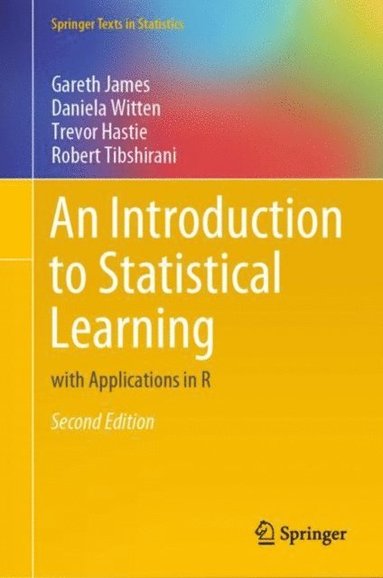
- Format
- E-bok
- Filformat
-
PDF med LCP-kryptering (0.0 MB)
Om LCP-krypteringPDF-böcker lämpar sig inte för läsning på små skärmar, t ex mobiler. - Nedladdning
- Kan laddas ned under 24 månader, dock max 6 gånger.
- Språk
- Engelska
- Utgivningsdatum
- 2021-07-29
- Förlag
- Springer US
- ISBN
- 9781071614181
Introduction to Statistical Learning E-bok
with Applications in R
E-bok (PDF, LCP),
Engelska, 2021-07-29
Finns även som
Kundrecensioner
Har du läst boken?
Sätt ditt betyg »
Fler böcker av författarna
-
Elements of Statistical Learning
Trevor Hastie, Robert Tibshirani, Jerome Friedman
-
Purposeful Practice for Poker
Patricia Cardner, Gareth James, Cardner
-
Final Table
Gareth James
-
Statistical Learning with Sparsity
Trevor Hastie, Robert Tibshirani, Martin Wainwright
Du kanske gillar
-
Orbital
Samantha Harvey
Häftad
